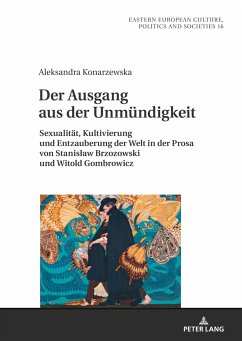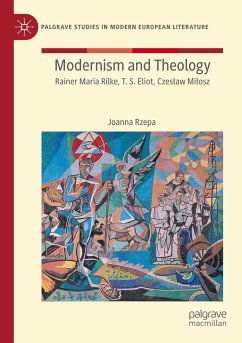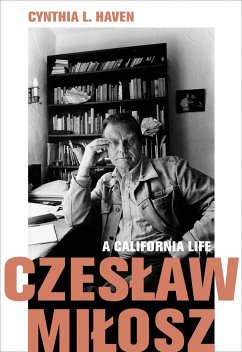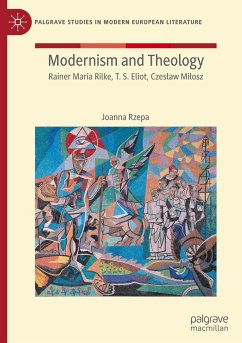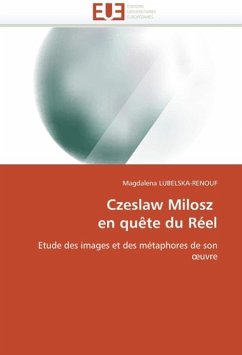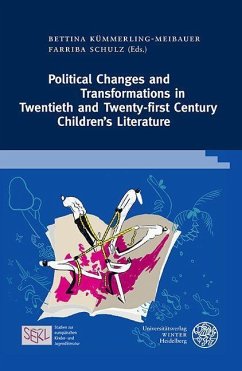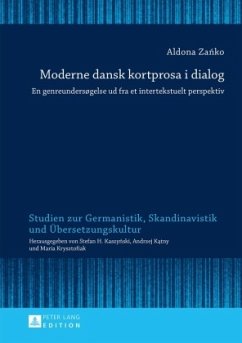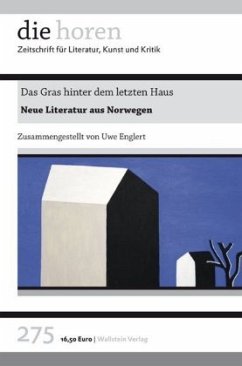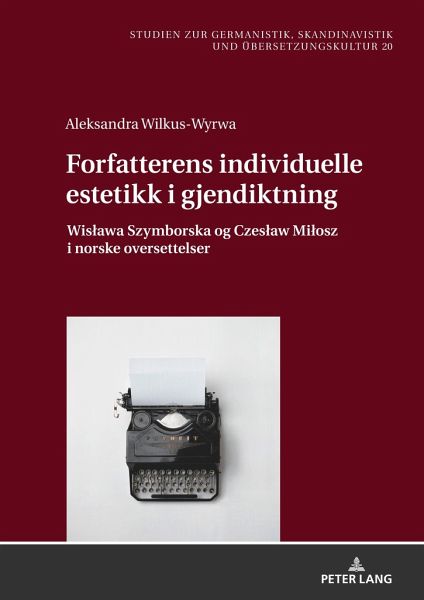
Forfatterens individuelle estetikk i gjendiktning
Wis¿awa Szymborska og Czes¿aw Mi¿osz i norske oversettelser
Herausgegeben: Krysztofiak, Maria
Versandkostenfrei!
Versandfertig in 6-10 Tagen
72,65 €
inkl. MwSt.

PAYBACK Punkte
0 °P sammeln!
The book poses a question about the functioning of the individual aesthetic features of a writer in the translation. The author examines this multi-faceted problem from the comparative perspective, analyzing the poetry of Wislawa Szymborska and Czeslaw Milosz translated to the Norwegian language. Two novel analytical models were used, first based on the Walter Benjamin's concept of aura and the second based on the poet-translator's phenomenon.Szymborska's translators had a lot of problems with the lexical-semantic and cultural code contained in her poetry. On the other hand, Paal Brekke, an in...
The book poses a question about the functioning of the individual aesthetic features of a writer in the translation. The author examines this multi-faceted problem from the comparative perspective, analyzing the poetry of Wislawa Szymborska and Czeslaw Milosz translated to the Norwegian language. Two novel analytical models were used, first based on the Walter Benjamin's concept of aura and the second based on the poet-translator's phenomenon.
Szymborska's translators had a lot of problems with the lexical-semantic and cultural code contained in her poetry. On the other hand, Paal Brekke, an influential Norwegian writer, applied in his translations of Milosz' poetry many solutions closely related to his own literary aesthetics, thus changing the original form of the poems.
Szymborska's translators had a lot of problems with the lexical-semantic and cultural code contained in her poetry. On the other hand, Paal Brekke, an influential Norwegian writer, applied in his translations of Milosz' poetry many solutions closely related to his own literary aesthetics, thus changing the original form of the poems.





